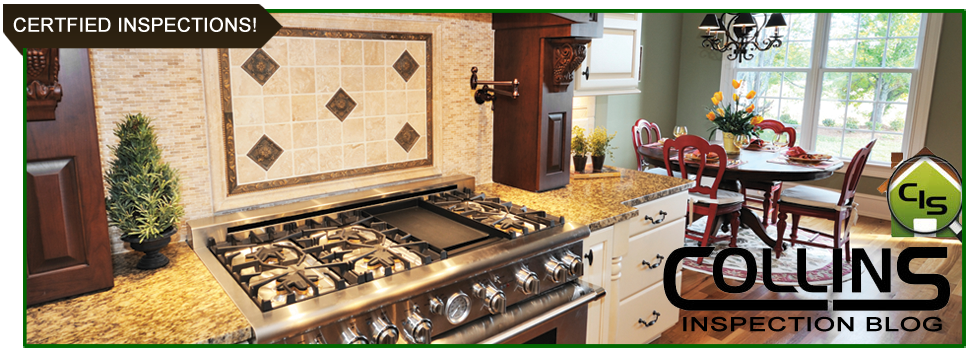
|
Inspecting quality content confirming it's safe! For the best results, it is preferred that we inspect the content of this blog with a program called "Microsoft word". We realize that no house or blog is perfect, but that is why we go through ours with the intent of it being perfect! Give us a call or send us an E-Mail at: |
All About Mold
Thursday, December 15, 2011
What is “toxic mold”?
While the existence of toxic molds in the environment has been documented for centuries, due to modern construction practices, poor quality control and a lack of proper maintenance, they are now linked to illnesses and other medical disorders that are affecting the lives of families across the continent. Most of the attention regarding toxic molds has been focused on the compromised health and shattered lives of the home’s occupants along with the inevitable litigation that follows. What has been missing throughout all this firestorm of media activity is discussion regarding the conditions contributing to toxic mold manifestation.
There are many factors leading to fungal development within a structure. The primary cause is water intrusion; a fungal contamination requires several conditions in order to survive and grow. There must be a moisture source, limited ventilation and a food source that is commonly any cellulose substrate on which the fungal contamination can grow on and become a colony. The typical gestation period for a mold colony is only 12 to 48 hours from the onset of spore exposure to the cellulose substrate.
When dealing with a possible toxic mold contamination inside a structure, the first course of action is to locate the moisture source and remediate it. There are several common areas of moisture intrusion to consider, such as;
-
Roof leaks
-
Plumbing leaks
-
Poorly maintained heating and cooling systems
-
Window and door leaks
-
Improperly adjusted landscape sprinklers as well as many other possible sources
Homes should be thoroughly reviewed, including an inspection of the roofing materials and penetrations, such as heating and plumbing vents. Other common leakage areas, such as chimney and/or skylight flashings should also be examined. Exterior wall penetrations, such as windows and door openings, electrical fixtures and receptacle boxes, should be examined for signs of water intrusion as well. Additionally, the plumbing system, including pipes in crawl spaces and attics should be thoroughly reviewed for signs of leakage. All heating and cooling equipment should be operated and inspected for signs of moisture intrusion, and or creation. Harper explained that residential air conditioning systems can produce two to three quarts of water per day when operated for extended periods of time. “If the air conditioning condensation line is not properly routed, you could put a bathtub full of water into the walls before you noticed it,” explained Harper.
Due to the complexities surrounding moisture intrusion sources, CREIA recommends consumers not attempt these investigations on their own, but rather hire a professional home inspector that is trained and equipped to perform such work. A qualified CREIA inspector is trained to identify conditions leading to and causing moisture intrusion. CREIA qualified inspectors are equipped to access roofing materials, attics, and crawl spaces. Although specific identification of fungal contamination is beyond the scope of a typical home inspection, some CREIA inspector members have received additional education and training in this discipline and offer this and other ancillary environmental services in addition to their usual inspection services.